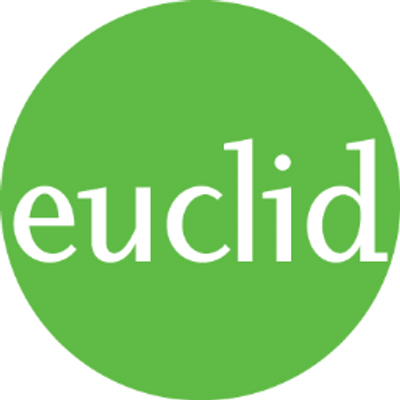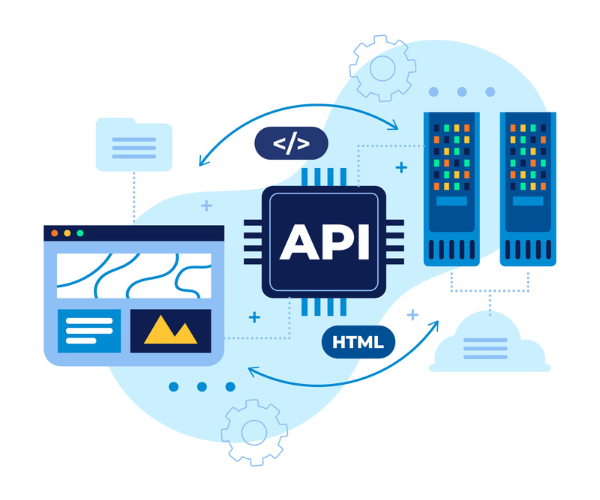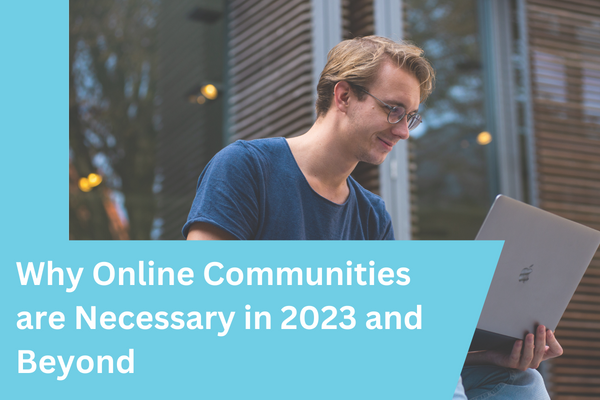"The opposite of autonomy is control. And since they sit at different poles of the behavioral compass, they point us toward different destinations. Control leads to compliance, autonomy leads to engagement.” –Daniel Pink in Drive
There are two types of motivation—one, the kind that encourages others to do specific things in very particular ways: compliance, and the other, the kind that calls for curious, self-directed problem solving: engagement. Under the alluring illusion that control motivates, it’s no surprise the modern workplace lacks engagement. According to March, 2016 Gallup Poll, US employee disengagement is captured at 65.9%. The cost of all this disengagement: at least $300 billion a year. For such a significant, costly problem, getting and keeping employee engaged and motivated is a lot easier than it may seem.
Dr. Csikszentmihalyi of the University of Chicago has the answer—something he calls “autotelic experiences.” The word autotelic is a combination of Greek auto, self, and telos, purpose. Autotelic experiences are ones in which the act of doing is its own reward and the goal itself is fulfilling. Think painters, rock climbers, pottery throwers who spend hours perfecting their art as if in trance; they are so enthralled in the act of doing that self-consciousness dissolves with the sense of time. While running a psychology lab, Csikszentmihalyi studied autotelic experiences and uncovered a fundamental characteristic in all: flow. In flow, the goals are clear and the relationship with what must be done and what can be done is perfect. The challenge, like Goldilock’s porridge, is neither too difficult nor too easy. It pushes the do-ers mental or physical state just marginally making the focus, effort, and achievement the reward.
In a study of 11,000 scientists and engineers in US companies, it was found that the greatest predictor of productivity is the desire for intellectual challenge. While keeping the hours and effort constant, those intrinsically motivated filed more patents than those primarily motivated by money. What does this tell us about motivation? It speaks volumes that engagement stems from self and productivity should be intrinsic.
Now, how can you use these insights to better your workplace engagement or manage your workplace to allow for it? The four steps to increase sustainable workplace productivity involve non-invasive improvements that attract and retain the best, most committed whether the engagement is natural or synthesized.
- Goldilocks Tasks: There should be a match between what people must do and can do. Too challenging of a task leads to anxiety; too easy leads to boredom. When a person’s capability and the task at hand is matched perfectly, the result is flow.
- Sawyer Effect: The Sawyer Effect is Daniel Pink’s, the author of Drive, term for the act of turning work into play or play into work. The most successful enterprises give employees the freedom to sculpt their jobs. The ability to redesign the role and reframe the task leads to greater satisfaction and boosted opinion of one’s position and skills—letting employees create their own domains for mastery and flow.
- Constant Feedback: Flow can be synthesized with small sprints. No matter how mundane or seemingly trivial the task, flow can be artificially added by segmenting long tasks into shorter ones and offering immediate feedback.
- Feedforward: Positive feedback should be generous. According to Gallup analysis of 10,000+ business units, individuals who receive regular recognition and praise increase their individual productivity and are more likely to stay with their organization. Negative feedback should come in the form of actionable steps towards improvement: feedforward. People are much more receptive to ideas about improving the future than they are about content focused on mistakes of the past.
As a manager or business owner in the modern workplace, disengagement should never be the culprit of productivity loss. The best part about the step to either self-induce or make your workplace more conducive to engagement are simple, non-invasive, and employable today.










